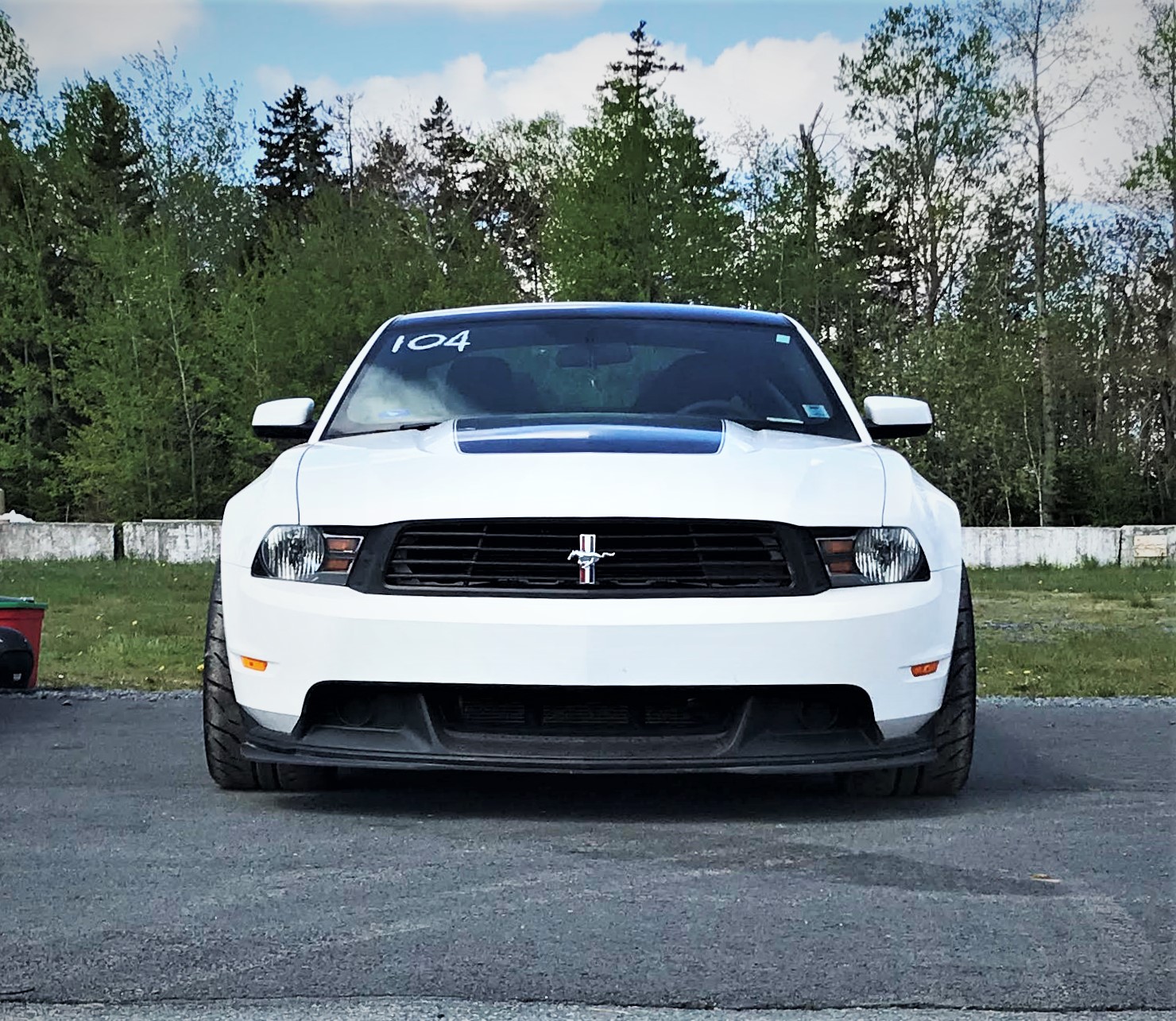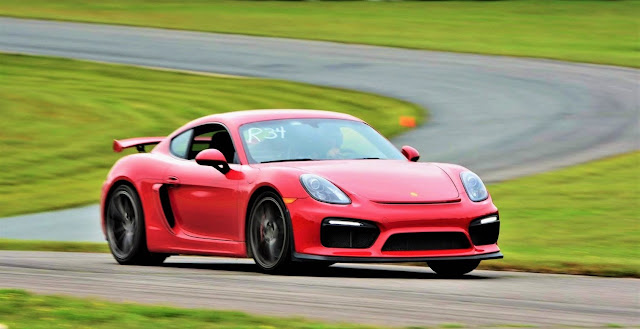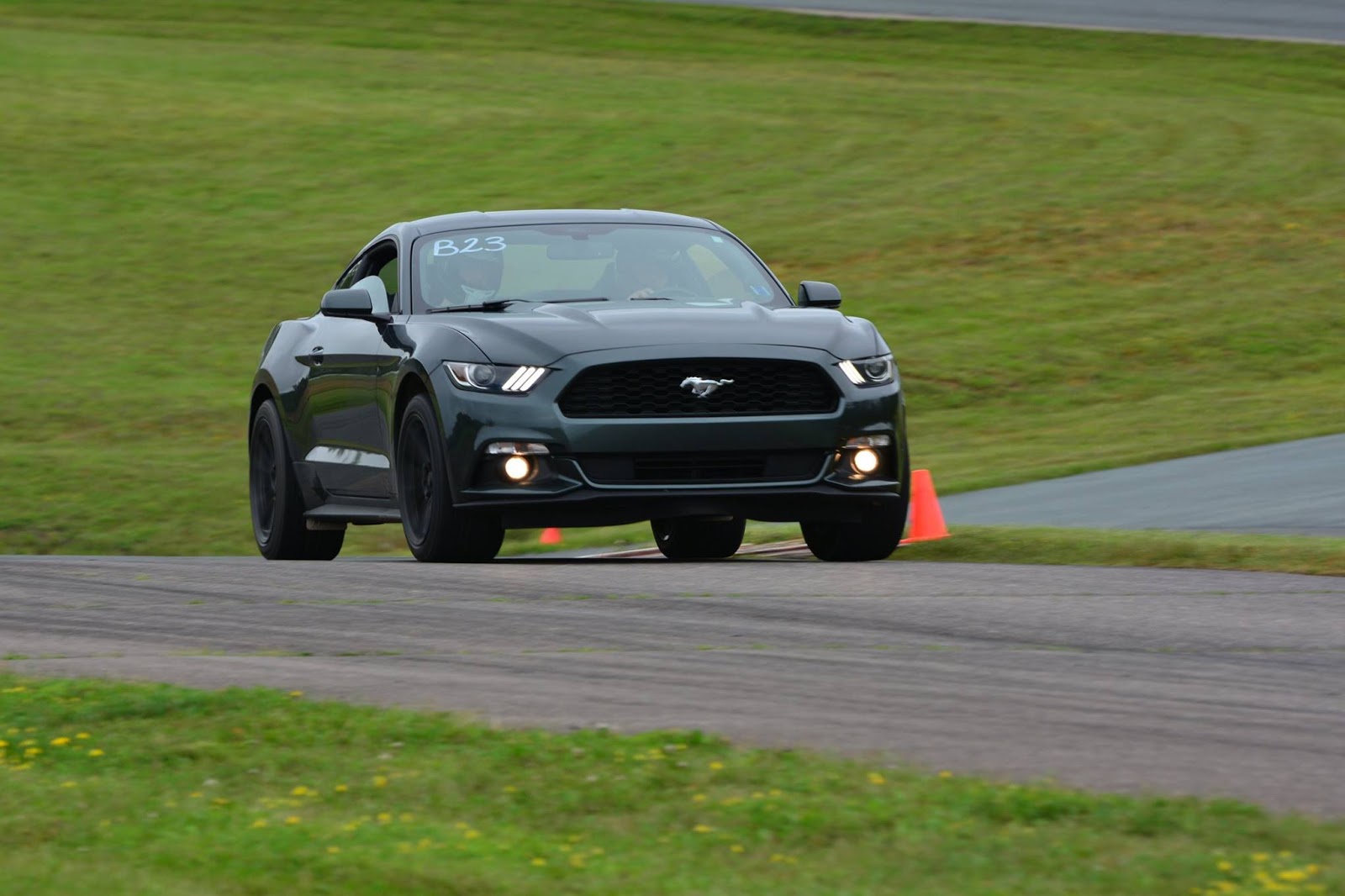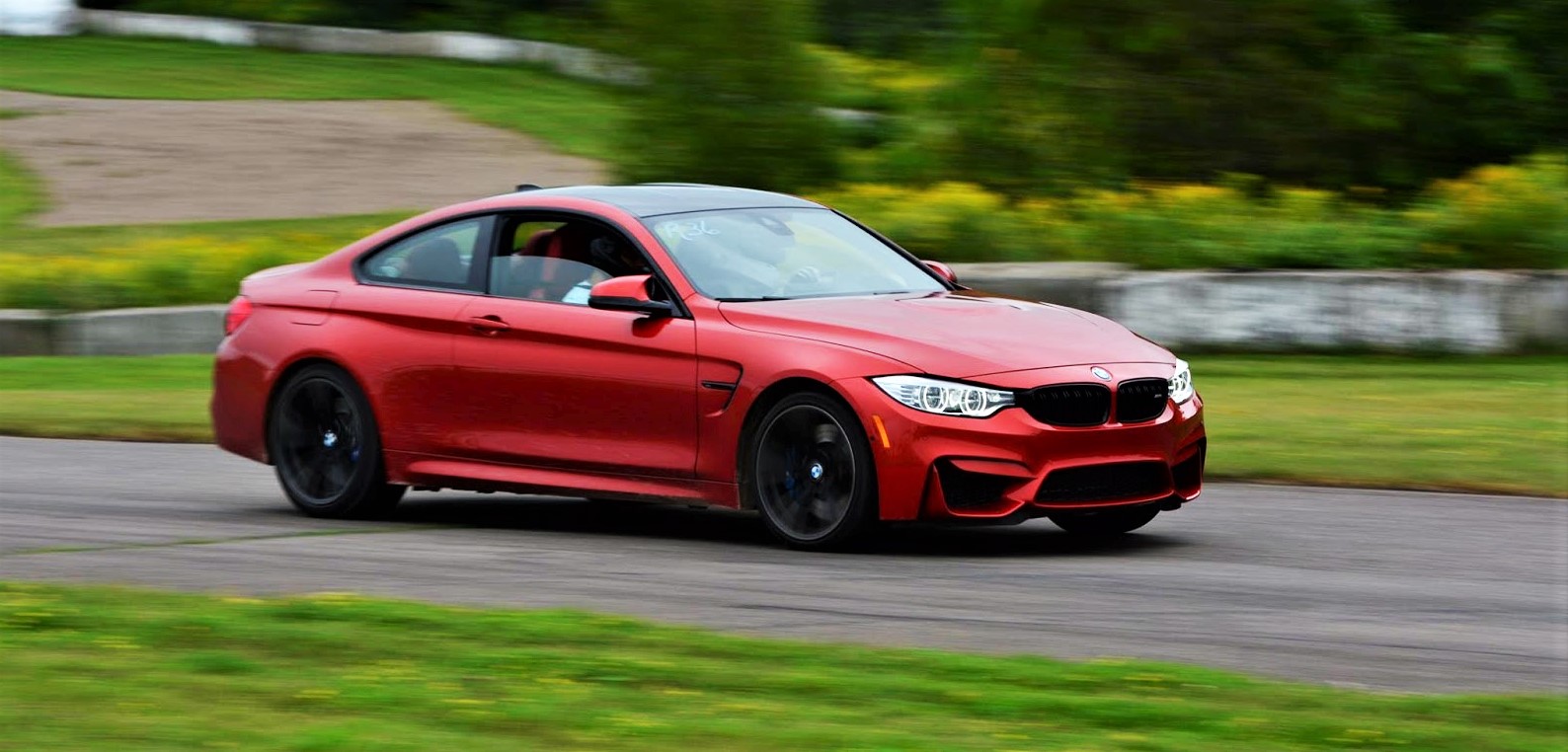It's in a league "well beyond the reach of the current Porsche crowd." That's what Car and Driver had to say about the new Corvette during their test after posting a 1.08 g score on GM's black-lake circle. Much like the outgoing C6 Corvette, opinions about the new Corvette seem to be anonymous. However, unlike the outgoing C6 Corvette which was praised for its performance capabilities and value but criticized for the quality of the interior and the seats, the C7 Corvette Stingray seem to be basically flawless. We'll get the easy stuff out of the way first - the numbers. The best numbers were achieved by Edmunds, where they were able to do a 0-60 mph sprint in just 3.8 seconds and the 1/4 mile was dealt with in 12 seconds flat at 117 mph. For comparison, the last Grand Sport Edmunds tested did the same deeds in 4.2 seconds and 12.5 s @ 115.1 mph. The Stingray was able to blast through a 6 x 100 ft slalom at 72.8 mph and hold 1.08 g around the skidpad wh
Mitsubishi Evo X GSR at Atlantic Motorsport Park - Kevin Doubleday © If you live in Canada or the US, you'll find that plenty of people hold sacred the terms '4x4' and '4WD' to describe a 'true 4x4', where you have a butch transfer case with a low speed, perhaps a body on frame chassis, and ideally a solid axle or two. I'm not sure how that translates to the rest of the world. My extensive research into the motoring industry in Europe (which exclusively consists of watching Top Gear and The Grand Tour...) concluded that most people across the pond simply refer to any vehicle that is capable of sending any power to all four wheels as a 4WD vehicle, further muddying the waters. Where I grew up, 4x4 was more or less synonymous with 'Jeep' so that's not much help either. However, despite all various systems attempting to do the same sort of thing - distribute power between all four wheels instead of two - not all systems are created equal,










